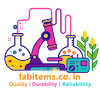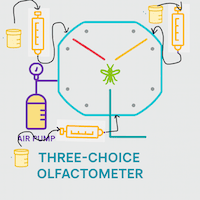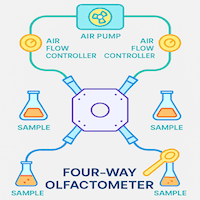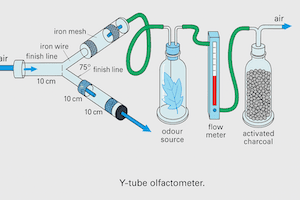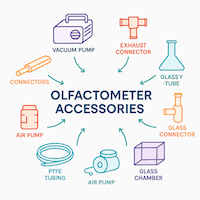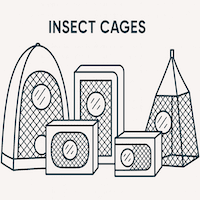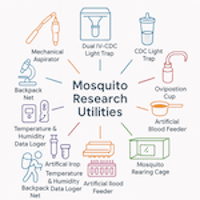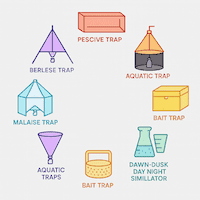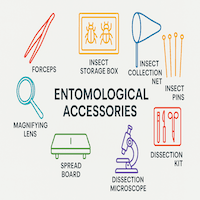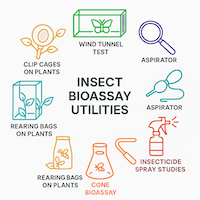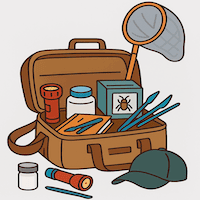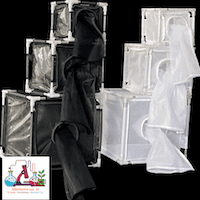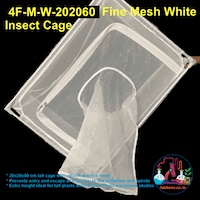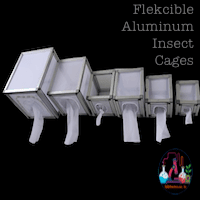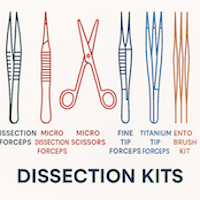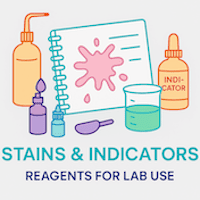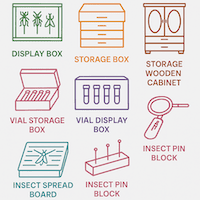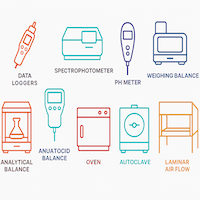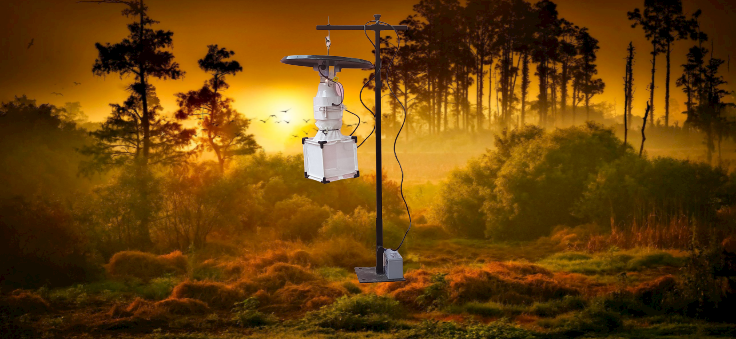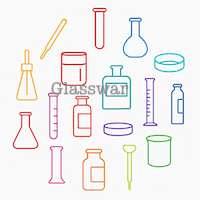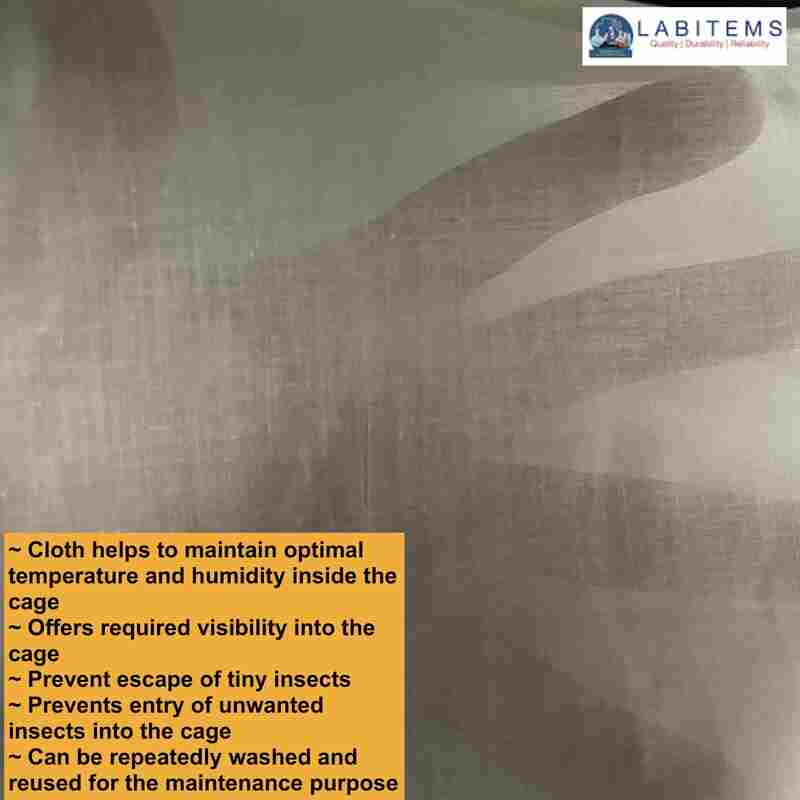

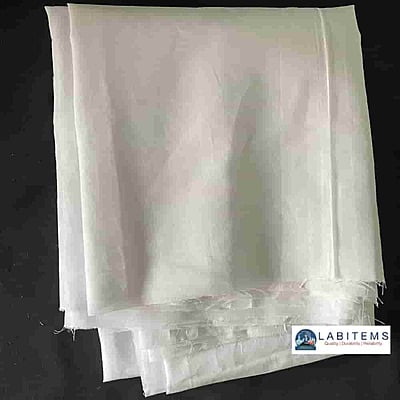

Muslin Cloth for entomology
Non-returnable
₹395.00 - ₹893.00
Despite its delicate feel, muslin cloth is a valuable tool for entomologists. Its breathability prevents overheating in insect cages, its light weight makes for easy-to-move enclosures, and transparency allows for clear observation. Muslin sleeves on rearing cages confine adult insects while providing ventilation, and muslin pouches gently transfer delicate specimens. Even light diffusion within cages can be achieved with a muslin layer.
Sq ft
Customize
Product Details
Muslin cloth, a finely woven cotton fabric, serves as an indispensable tool in the field of entomology, offering a multitude of applications for students and research scholars alike. Its unique properties make it an ideal material for various entomological endeavors, ranging from specimen collection to habitat analysis. Let's delve into some of the prominent uses of muslin cloth in entomology, backed by scientific references:
Insect Collecting and Sampling:
Muslin cloth proves invaluable in the collection and sampling of insects across diverse habitats. Its lightweight and breathable nature make it ideal for constructing various types of traps and nets. Researchers often utilize muslin cloth to fashion Malaise traps, emergence traps, and sweep nets, facilitating efficient insect collection without causing harm to the specimens (Güçlü et al., 2012).
Habitat Analysis and Monitoring:
Entomologists employ muslin cloth in habitat analysis and monitoring studies. By deploying muslin cloth as a barrier or cover, researchers can assess insect population dynamics and behavior in specific microhabitats. For instance, muslin cloth sleeves are commonly used to enclose branches or vegetation for studying arboreal insect communities (Petersen et al., 2013).
Rearing and Culturing Insects:
Muslin cloth serves as an essential component in rearing and culturing insects under controlled laboratory conditions. Its permeable texture allows for adequate airflow while preventing the escape of small insect larvae. Entomologists utilize muslin cloth to construct cages, enclosures, and covers for maintaining insect colonies and conducting experiments on various developmental stages (Yu et al., 2019).
Pollination Studies:
In pollination research, muslin cloth finds application in the exclusion of pollinators from floral resources. By covering flowers with muslin cloth bags, scientists can investigate the effects of insect pollination on plant reproductive success and assess the role of specific pollinator species in ecosystem functioning (Dafni et al., 2010).
5. Behavioral Observations:**
Muslin cloth as a versatile tool for conducting behavioral observations on insects in both laboratory and field settings. Muslin cloth partitions and enclosures enable researchers to create controlled environments for studying insect responses to stimuli, mating behavior, and territorial interactions (Heiling et al., 2011).
In conclusion, muslin cloth emerges as a versatile and indispensable material in the arsenal of entomologists, offering myriad applications in insect research and conservation. Its affordability, durability, and adaptability make it an essential resource for students and scholars engaged in the study of insect biology and ecology.
References:
1. Güçlü, Ş., Coşar, İ., Korkmaz, E. M., & Önder, F. (2012). A simple modification for Malaise trap construction. Turkish Journal of Zoology, 36(5), 607-611.
2. Petersen, M. K., Majer, J. D., & Ball, A. D. (2013). Arboreal arthropod sampling methods for urban trees: a comparison of four techniques. Journal of Insect Conservation, 17(6), 1101-1109.
3. Yu, X. F., Xiang, H., Yan, L. N., Zhao, X. F., & Yang, G. Q. (2019). Effects of different breeding methods on the growth, development and yield of Bombyx mori. Journal of South China Agricultural University, 40(1), 83-88.
4. Dafni, A., Kevan, P. G., & Husband, B. C. (2010). Practical pollination biology. Enviroquest, Ontario, Canada.
5. Heiling, A. M., Cheng, K., & Chittka, L. (2011). Go big or go blue: morphological and perceptual choices during foraging in the orchid bee Euglossa dilemma. Behavioral Ecology, 22(4), 949-956.
Ratings And Reviews
